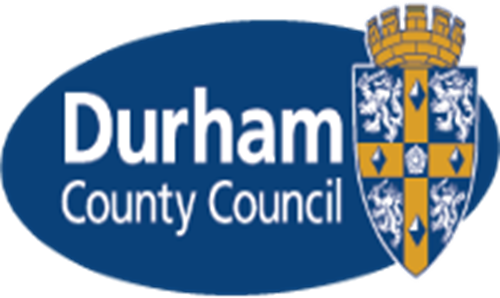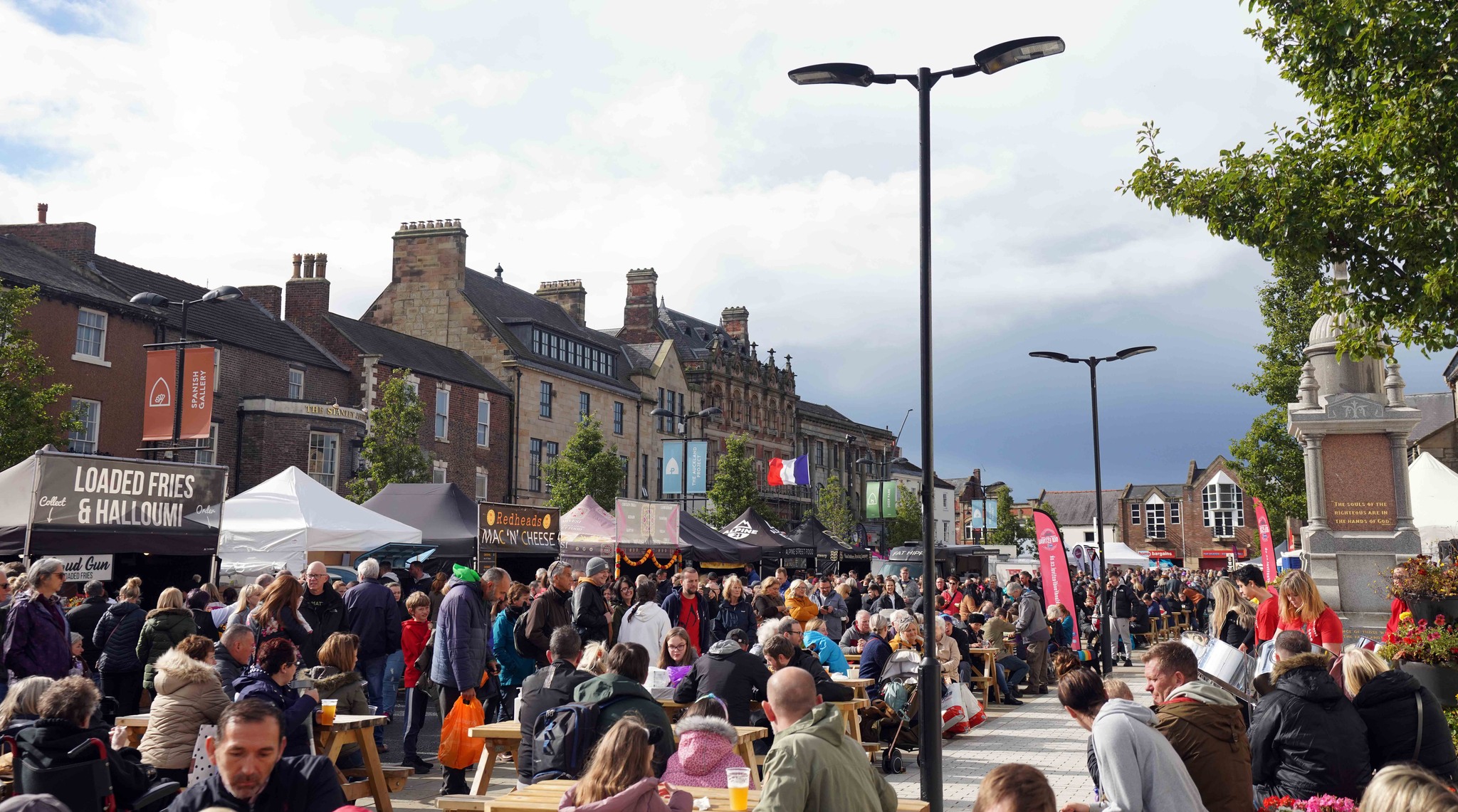About County Durham
Located in North East England, Durham is a large rural county. Stretching from the North Pennines in the west to the East Durham Coast, the county sits between the urban conurbations of Tyneside and Wearside and Tees Valley.
Home to 521,300 people, we have 12 main towns and over 300 smaller towns and villages, spread over an administrative area of 223,260 hectares or 862 square miles.
Recognised as a sub-regional capital, the largest settlement with over 50,000 people is Durham City. Home to the “nation’s favourite building” Durham Cathedral (and its surrounding UNESCO World Heritage Site) the city is also the main site for one of the top universities in the world, Durham University.
In the past, the county’s economy was dominated by heavy industry, most notably coal, steel and heavy engineering.
However, in recent years, Durham has developed a much more diverse economy with growth in retail, services and modern and advanced manufacturing, including the new Hitachi train plant, Atom Bank and high-tech science based businesses at NetPark, with thousands more jobs set to be created through the redevelopment of the council’s current HQ site at Aykley Heads.
With attractions such as the world famous open-air museum Beamish, the Locomotion national railway museum in Shildon, and events such as Kynren and the Lumiere light festival, tourism is also one of our fastest growing sectors and one with considerable growth potential.
Durham is an inspiring place, where light connects our county on so many levels – from science, art and technology to business, tourism and the beauty of our breath-taking landscapes.




